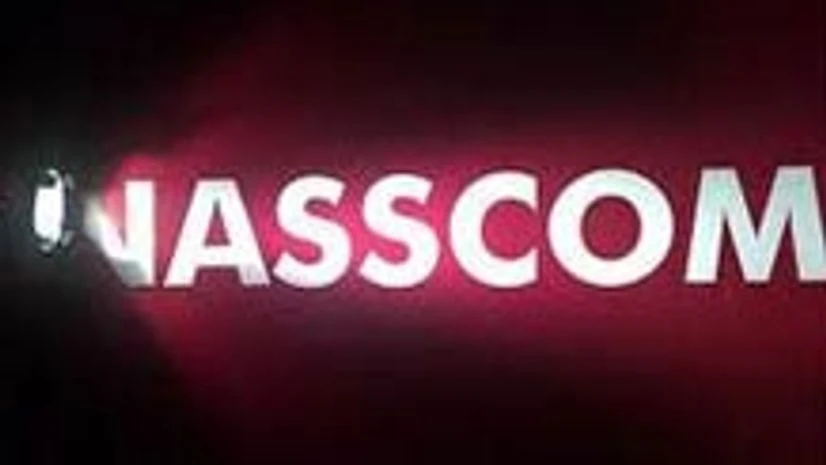With the growth of new technologies creating mountains of data, it is critical to build leadership and capabilities in big data laboratories for analytics, said R Chandrashekhar, president, National Association of Software and Services Companies (Nasscom).
He was speaking about the growth and future prospects of Global In-house Centres, which are captive information technology centres of global companies in India. Speaking to reporters at the Nasscom GIC 2015 conference, he said a fast-growing area was big data. it would become more so as one moved into the internet of things, where everything gets connected, without human intervention.
“To make sense of these mountains, big data laboratories and the analytics on that becomes important. This is the fastest growing area in the Indian IT industry,” he said.
Nasscom itself was looking at setting up centres of excellence, he said, in collaboration with some companies and the government, perhaps from this year. “We are exploring five centres of excellence in the internet of things to come up,” he added.
He said the start-up system, which was booming, was a factor attracting multinational corporations to have an in-house centre here. For most MNCs, their India centre was their largest global in-house (GIC) one, outside their own headquarters. About a third of the technology workforce of many leading MNCs worked out of their India centre, he added.
The number of GICs in the country had grown from 750 in 2010 to over 1,000. These centres had a stronghold in engineering research and software development (ER&D), a share of 59 per cent. GICs revenue in India had seen a 17 per cent compound annual growth rate (CAGR), and total revenue annual was now $19.4 billion. The total employee strength of GICs has also increased at a CAGR of 14 per cent, to reach 745,000. GICs today account for about a fifth of India’s IT exports, he added.
Also, a number of smaller companies are entering the market, resulting in India emerging a hotbed for ER&D and product development, said Chandrashekhar. Around 300 firms are offering these services, particularly in emerging technologies of the internet of things, robotics, wearable devices, 3D printing and the like.
Also, over time, the distinction between GIC and non-GIC companies are diminishing, said Shakti Sagar, head of the Nasscom GIC Council. During 2015-16, the country would see more penetration of the IT sector into tier-II and tier-III markets. He said transfer pricing was one major issues but this was getting addressed and sector was positive on the growth ahead.
He was speaking about the growth and future prospects of Global In-house Centres, which are captive information technology centres of global companies in India. Speaking to reporters at the Nasscom GIC 2015 conference, he said a fast-growing area was big data. it would become more so as one moved into the internet of things, where everything gets connected, without human intervention.
“To make sense of these mountains, big data laboratories and the analytics on that becomes important. This is the fastest growing area in the Indian IT industry,” he said.
Nasscom itself was looking at setting up centres of excellence, he said, in collaboration with some companies and the government, perhaps from this year. “We are exploring five centres of excellence in the internet of things to come up,” he added.
He said the start-up system, which was booming, was a factor attracting multinational corporations to have an in-house centre here. For most MNCs, their India centre was their largest global in-house (GIC) one, outside their own headquarters. About a third of the technology workforce of many leading MNCs worked out of their India centre, he added.
The number of GICs in the country had grown from 750 in 2010 to over 1,000. These centres had a stronghold in engineering research and software development (ER&D), a share of 59 per cent. GICs revenue in India had seen a 17 per cent compound annual growth rate (CAGR), and total revenue annual was now $19.4 billion. The total employee strength of GICs has also increased at a CAGR of 14 per cent, to reach 745,000. GICs today account for about a fifth of India’s IT exports, he added.
Also, a number of smaller companies are entering the market, resulting in India emerging a hotbed for ER&D and product development, said Chandrashekhar. Around 300 firms are offering these services, particularly in emerging technologies of the internet of things, robotics, wearable devices, 3D printing and the like.
Also, over time, the distinction between GIC and non-GIC companies are diminishing, said Shakti Sagar, head of the Nasscom GIC Council. During 2015-16, the country would see more penetration of the IT sector into tier-II and tier-III markets. He said transfer pricing was one major issues but this was getting addressed and sector was positive on the growth ahead.

)
